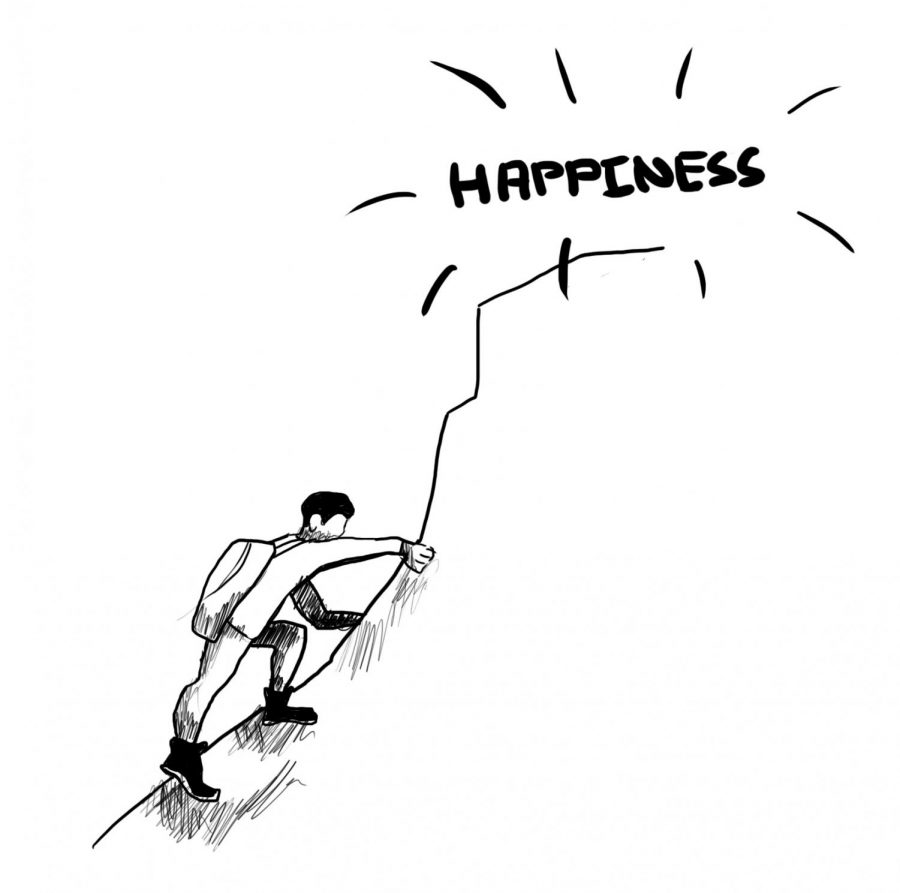
Last month the European Center for Particle Physics (CERN) and the Italian laboratory of high-energy physics in Gran Sasso detected particles moving faster than light, what has been taken to be an impossibility for over a hundred years since Einstein published his theories in 1905. The particles found breaking this cosmic speed limit were neutrinos, bits of neutral matter so small that they can pass through people and planets unhindered, and so abundant that the nuclear reactions in the sun shower our planet with billions of them every second.
This observation has bewildered the scientists at CERN to the point that they’re currently holding back on making any claims to a new discovery. Instead, the affiliated scientists and the broader physics community are dissecting every aspect of the investigation, as well as preparing to try to repeat the results at other particle colliders.
If neutrinos going faster than light were to be true, much of the today’s research that has been based on Einstein’s theories would have to be trashed, putting physicists who’ve been studying things like string theory for their whole careers out of jobs. The current laws of space and time would have to be erased and rethought, and physics would face a new and perhaps even more difficult slew of questions: one of which would be the relationship between cause and effect. In theory, as you approach the speed of light, time slows down, but, if you were able to go faster than light, that would mean that you could slow down time to the point that it would go backwards. Neutrinos going faster than light essentially means that they can travel back in time, that effect can precede cause.
Unfortunately, nearly every respected physicist is confident that the measurements will not hold under scrutiny. The sci-fi geek in me is crossing his fingers, hoping that they will.
Despite that what they found at CERN may turn out to be a mistake, it’s times like these when a whole scientific community is squirming that we can get a full appreciation of science and its methods. When the physicists divided distance by time and found the anomaly, they didn’t run off to declare that the laws of modern physics had been toppled, nor did they just ignore the problem and leave it for someone else. What they did first was some thorough head-scratching. Afterwards they began to look around for possible errors. When nothing seemed to come up, they submitted their findings to the rest of the physics community for peer review.
It’s a straightforward and logical set of procedures that scientists are supposed to follow in order to answer the simplest to the most complex of questions. There is no dogma, no conservatives or progressives, and no truth so sacred that it can’t be proven wrong. There is simply observation, assessment and, finally, conclusion.
I believe that science can be an excellent teacher of humility. If you ever find yourself sticking to your beliefs and making no room in your thoughts for criticism or self-assessment, remember that we as humans are limited in such a way that we can only attain an estimation of the truth, and not truth itself. And the only way we can minimize that gap between estimation and fact is by staying open to each other and by being open to change.
So be a scientist: not necessarily in your career, but at least in your thinking.










